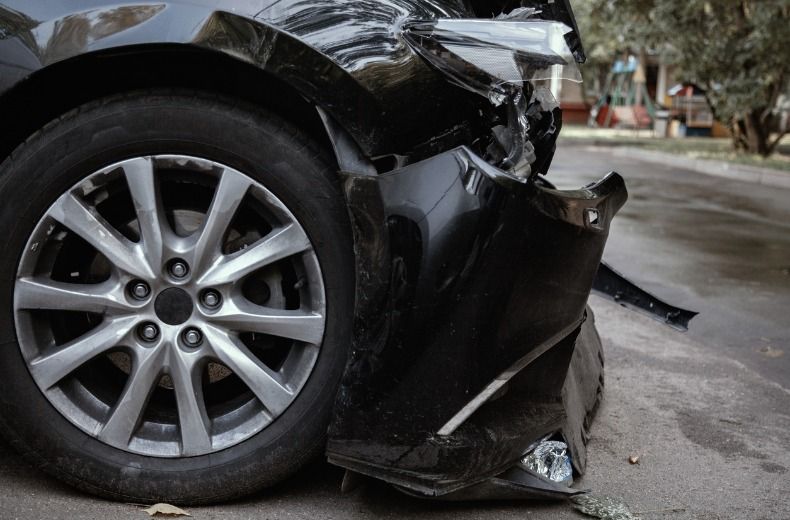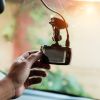Commonly known as Cat N, these vehicles can be repaired and legally returned to the road; however, if you are thinking of buying one then it’s important to do your research, because these vehicles can present problems when it comes to maintenance, servicing and insurance.
That’s why we’ve put together this guide to help you understand what Cat N means and how Category N works.
What does Cat N mean?
A Cat N classification means that a vehicle that has been involved in an accident and written off by its insurer. The ‘Cat’ stands for category, while the ‘N’ stands for ‘non-structural damage’ to the body or chassis. This means the core safety structure of the vehicle has not been damaged but the insurer has deemed the car beyond an economical repair.
Cat N damage examples
Examples of Cat N damage can include:
- Bodywork: dents, scratches and damaged bumpers
- Electrical: broken headlights, broken infotainment system, wiring issues
- Interior: water damage, ripped seats, damaged headlining, broken dashboard
- Windows: cracked or broken windows and windscreen
- Non-structural: damaged brakes, steering and/or suspension
What is the difference between Cat N and Cat D?
Cat N replaced the Cat D write off category in October 2017. Like Cat N, the old Category D marker was used to identify vehicles that were written off with light or cosmetic damage.
Cat N was introduced to make it clearer the written off vehicle had not suffered structural damage.
Cat D cars are becoming increasingly rare, but some older vehicles that were written off and assessed before October 2017 may still have the old marker and be described as Cat D or Category D.
What is Cat N damage?
A Cat N vehicle has not experienced significant structural damage. This means the integrity of the chassis or frame of the vehicle remains intact, but the vehicle may have experienced cosmetic bodywork damage or has a problem with its suspension, steering or brakes.
Can a Cat N car be returned to the road?
Yes, a Cat N car can be returned to the road, but it must be repaired to a safe and correct standard. The car doesn’t need to be re-registered, but the Driver and Vehicle Licensing Agency (DVLA) must be notified of its Cat N status before it’s used on the public road again.
Should I buy a Cat N car?
Cat N cars are usually offered with significant discounts, which makes them tempting options for car buyers who are looking for a bargain. However, while some Cat N cars will provide many years of trouble-free motoring, it’s important that you do some research before choosing one.
For example, a car that has been written off by an insurer and given a Cat N classification should have a comprehensive history file that documents its damage and repair history. The car should also have a valid MOT.
The seller may not necessarily tell you how the vehicle was damaged, but they should be able to demonstrate it’s been repaired properly. The vehicle should also have a service history and an up-to-date V5C logbook.
How can I check if a car is a Cat N?
If you are unsure about a car’s history, get an RAC car data check to confirm its past. Buying a Cat N car that has not been fixed to a high standard could leave you out of pocket and stuck with a long list of costly problems that will wipe out any savings that you may make on the purchase price.
Does Cat N affect insurance?
Cat N will have a negative impact on vehicle's insurance.
In general, Cat N cars are:
More expensive to insure: Written off vehicles tend to have higher insurance premiums
Limited insurance coverage: Many insurers are unwilling to provide coverage for Cat N cars. As a result, drivers have limited choice when it comes to insuring their vehicle
If your insurer asks for a report on the vehicle’s mechanical condition then the RAC offers vehicle inspections, which can assist.
How can I remove a Cat N from a car?
You cannot remove a Cat N or Category N marker from a vehicle in the UK. Once applied by the insurance company, the Cat N marker remains in place for the remainder of the life of the car.
RAC Online Car Insurance
Save on your car insurance with our online self-serve policy. Rated ‘Excellent’ on Trustpilot.










